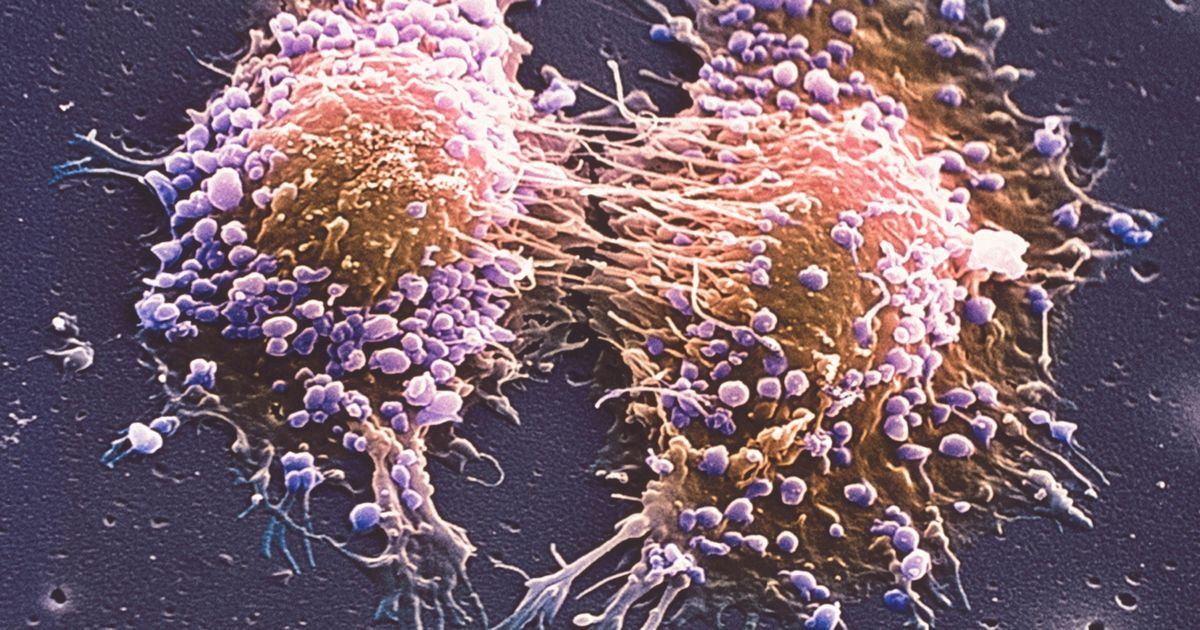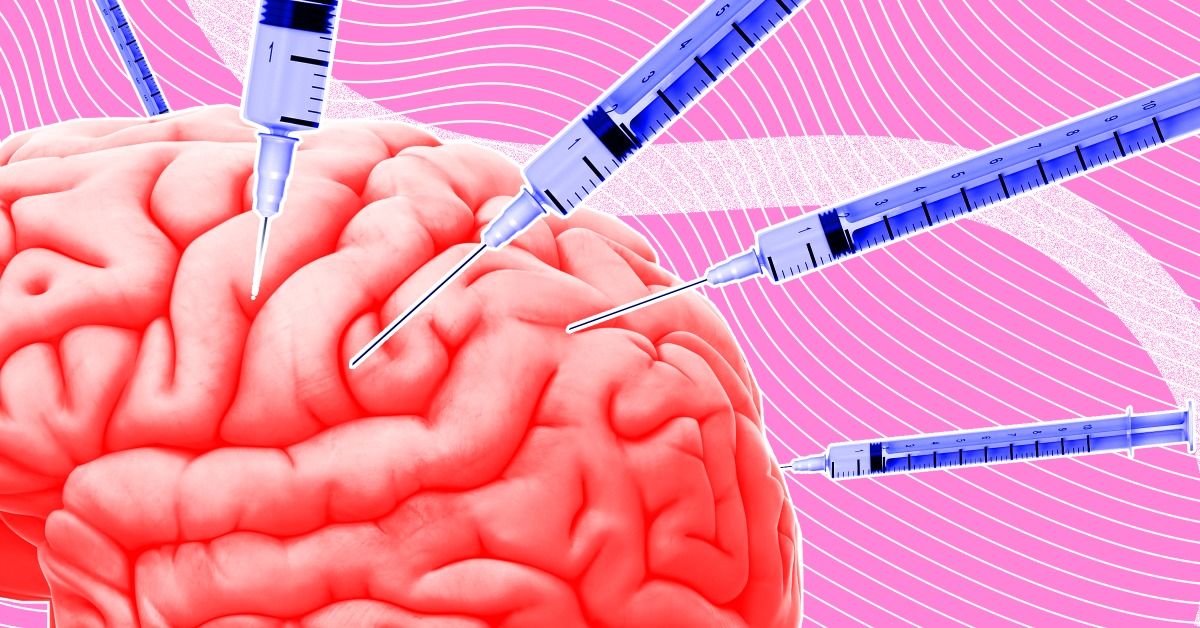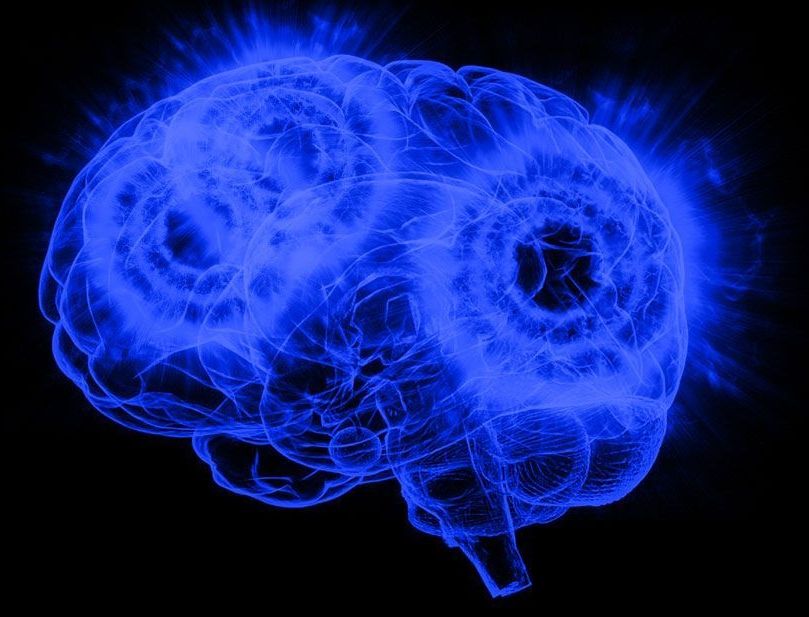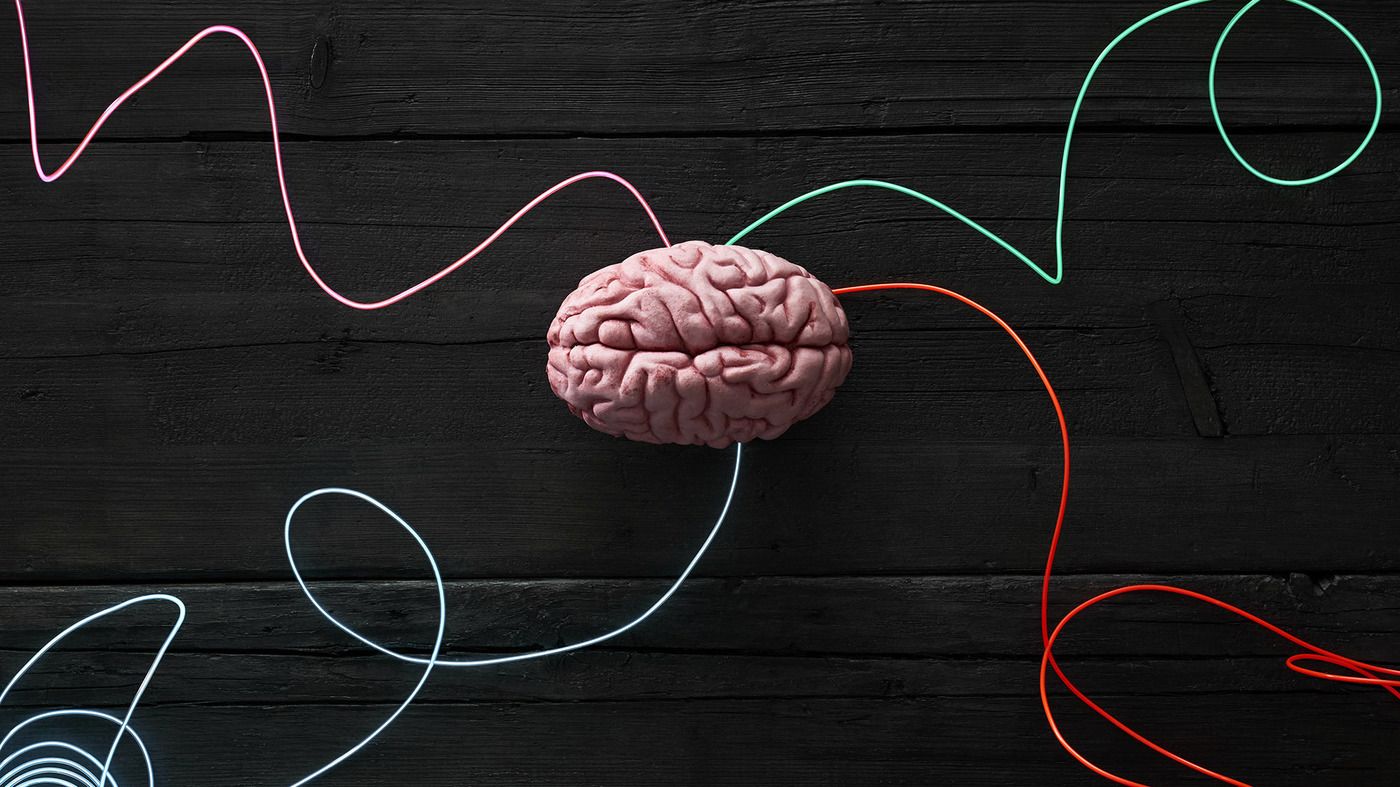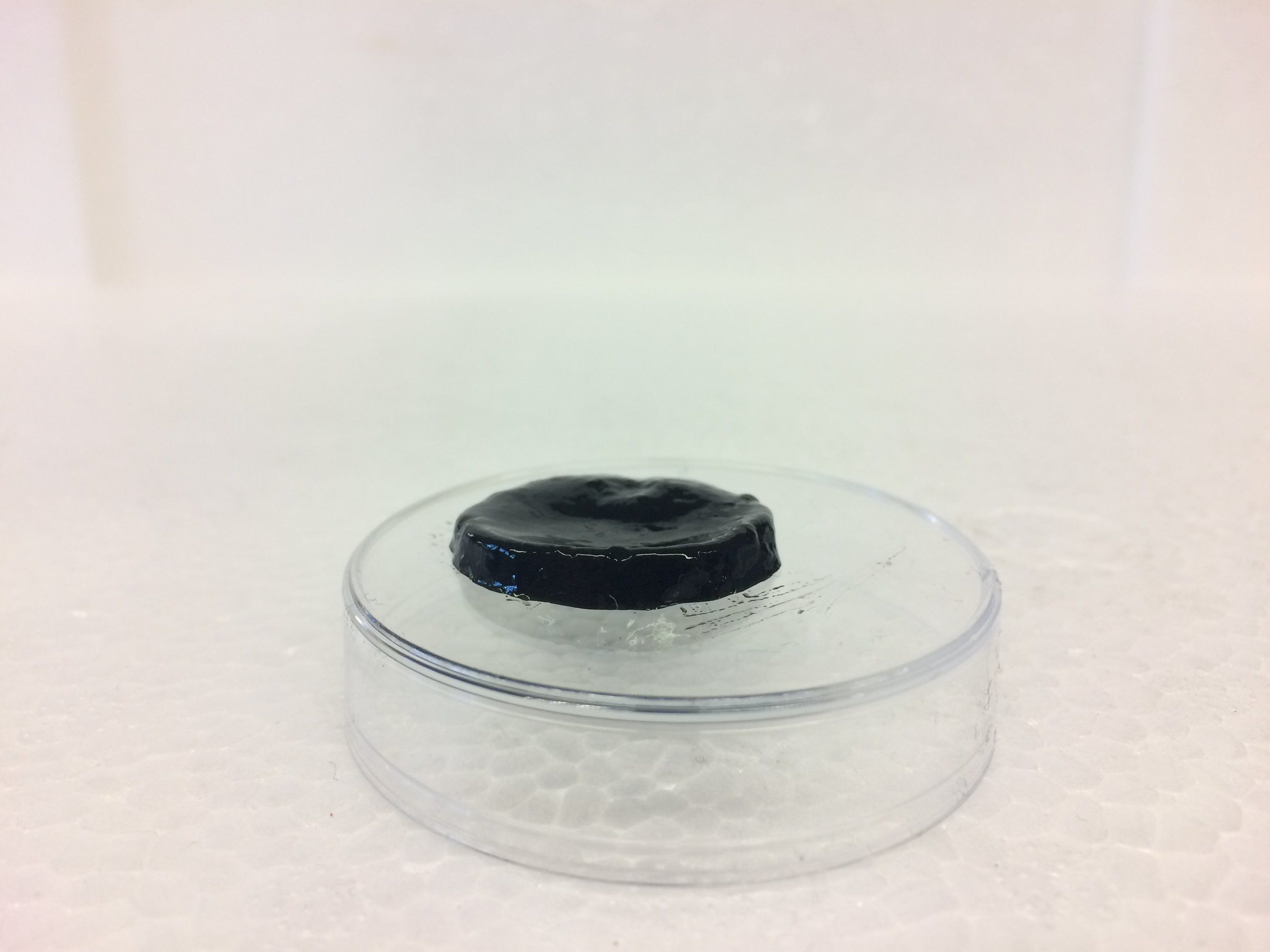Archive for the ‘neuroscience’ category: Page 637
Dec 3, 2018
Knowing exactly what genes are saying – and where
Posted by Xavier Rosseel in categories: biotech/medical, neuroscience
Scientists can now discover how the fine details of gene activity differ from one cell type to another in a tissue sample, thanks to a technique invented by Weill Cornell Medicine researchers.
The technique, described in a paper published Oct. 15 in Nature Biotechnology, will enable biologists to better understand the distinct molecular workings of different cell types in the body. It may also enable the improved understanding and treatment of diseases caused by abnormal gene activity.
“An individual gene can ‘say’ different things, and the true meaning often requires listening to entire phrases, rather than single words,” said senior study author Dr. Hagen U. Tilgner, assistant professor of neuroscience in the Feil Family Brain and Mind Research Institute at Weill Cornell Medicine. “Our new method essentially allows us to record complete phrases, called isoforms, that each gene expresses in each cell.”
Dec 1, 2018
Irish scientists make huge break through that halts growth of brain tumours
Posted by Genevieve Klien in categories: innovation, neuroscience
Experts claim that this new breakthrough could significantly halt the growth of brain tumours.
Dec 1, 2018
Brain Electrodes Might Be Killing the Cells They’re Supposed to Study
Posted by Genevieve Klien in category: neuroscience
Nov 30, 2018
Stimulating This Part of the Brain Alleviates Depression Symptoms
Posted by Victoria Generao in category: neuroscience
Nov 30, 2018
A ‘party drug’ with potential to be the next blockbuster antidepressant is edging closer to the mainstream, but it could set you back $9,000
Posted by Shailesh Prasad in categories: media & arts, neuroscience
- Once dismissed as a “party drug,” ketamine is emerging as a potential alternative treatment for depression.
- A growing list of academic medical centers now offer the drug, including Columbia University, which began offering ketamine to patients with severe depression this fall.
- Ketamine works differently from common antidepressants like Celexa or Prozac and has been called “the most important discovery in half a century.”
- Pharmaceutical companies, including Allergan and Johnson & Johnson, are also working on developing blockbuster antidepressants inspired by ketamine.
Ketamine, a drug once associated with raucous parties, bright lights, and loud music, is increasingly being embraced as an alternative depression treatment for the millions of patients who don’t get better after trying traditional medications.
The latest provider of the treatment is Columbia University, one of the nation’s largest academic medical centers.
Nov 30, 2018
Syfy’s Nightflyers asks whether humanity deserves to be saved
Posted by Derick Lee in categories: bioengineering, genetics, neuroscience, space travel

Showrunner Jeff Buhler has built a fascinating world around Martin’s story seeds, starting by setting the action within the foreseeable future, rather than in an incomprehensibly distant one. The invented technologies here are particularly intriguing, like the genetic modifications first officer Melantha Jhirl (Jodie Turner-Smith) has to make her better suited for space travel, or the cybernetics technician Lommie (Maya Eshet) uses to interface with machinery. Given the state of real-world technological developments in genetic engineering and research into brain-machine interfaces, the series feels plausible and grounded, even though it’s set in a spacefaring future.
The 10-episode space series adapts a 40-year-old George R.R. Martin novella.
Continue reading “Syfy’s Nightflyers asks whether humanity deserves to be saved” »
Experimental Brain Stimulation Relieved Depression Symptoms In Study : Shots — Health News People with symptoms suggesting depression felt better immediately when tiny pulses of electricity reached a brain area called the lateral orbitofrontal cortex.
Nov 29, 2018
Hydrogel-based electrodes for brain implants developed
Posted by Klaus Baldauf in categories: biological, engineering, neuroscience
Hydrogels are physical and chemical polymer networks capable of retaining large quantities of liquid in aqueous conditions without losing their dimensional stability. They are used in a whole host of applications, and in combination with other components and they acquire specific properties such as electrical conductivity. The Materials + Technology research group in the Department of Chemical Engineering and Environment of the UPV/EHU’s Faculty of Engineering selected a biopolymer that had not previously been used for applications of this type: starch. “One of our lines of research focuses on starch, and we regard it as having biological, physical and chemical properties suitable for producing hydrogels,” said Kizkitza Gonzalez-Munduate, a member of the group.
Nov 29, 2018
Stone Tools at Arabian “Crossroads” Present Mysteries of Ancient Human Migration
Posted by Genevieve Klien in categories: materials, neuroscience
Scerri now knows when people dropped their tools on the barren ridge, but she can only speculate as to just who they were.
“The hominins responsible for the Acheulean at the site made their way into the heart of now arid Arabia by following lake and river channels. Once there, they climbed up the largest dyke, which was also a source of raw material,” she says. The toolmaking site they created there, perched at a lofty vantage point from which they could observe the surrounding plains, hints at how they may have thought and lived. “We don’t know which hominin taxon made these tools, but what we can say is that the hominins were resourceful and intelligent,” adds Scerri, of the Max Planck Institute and the University of Oxford.
Why these hominins took such a route at all is another area of intriguing speculation. “Although Arabia was wetter when these hominins were at Saffaqah, it was still a marginal environment,” Scerri says. “Were they pushed to the margins by larger brained hominins elsewhere, such as Neanderthals or even Homo sapiens in Africa?”


